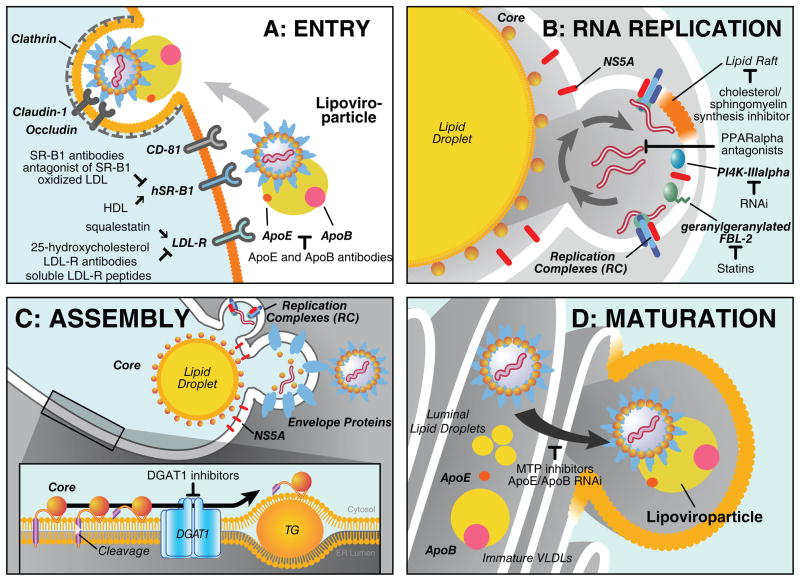Figure 2. Role of host cell lipid metabolism in different steps of the viral life cycle.
(a) Entry: After attachment of the lipoviroparticles to LDL-R and SR-B1 the virus binds to CD81 and subsequently claudin-1 and occludin, which mediate the late steps of viral entry. The virus is internalized by clathrin-dependent endocytosis. Antibodies against ApoB, ApoE, LDL-R, and SR-B1 inhibit viral entry. Modulation of cellular LDL-R expression through treatment with squalestatin or 25-hydroxycholesterol enhances or decreases HCV entry efficiency. Natural ligands of SR-B1 as HDL and oxidized LDL also affect entry. (b) RNA replication: Viral RNA replication complexes localize to lipid raft-containing, detergent-resistant membranes created by the viral protein NS4B. For full viral replication, these replication complexes need to be in close proximity to lipid droplets, a process that requires NS5A. Host factors required for the formation of replication complexes include geranylgeranylated FBL-2, which is a target for statins, and PI4K-IIIalpha. Cholesterol and sphingomyelin synthesis inhibitors impair viral RNA replication. PPARalpha antagonists disperse viral replication complexes. (c) Assembly at lipid droplets: Core is translated at the ER and released from the polyprotein through cleavage by SPP. Core interacts in the ER with DGAT1 and localizes to lipid droplets in a DGAT1-dependent manner. Once bound to the lipid droplet surface core recruits the viral RNA for encapsidation forming high-density immature virions. (d) Maturation: High-density virions mature by fusion with ApoB/ApoE-containing lipoproteins and/or lipidation to form mature low-density lipoviroparticle. This process can be impaired by treatment with MTP inhibitors and ApoB/ApoE siRNAs.

